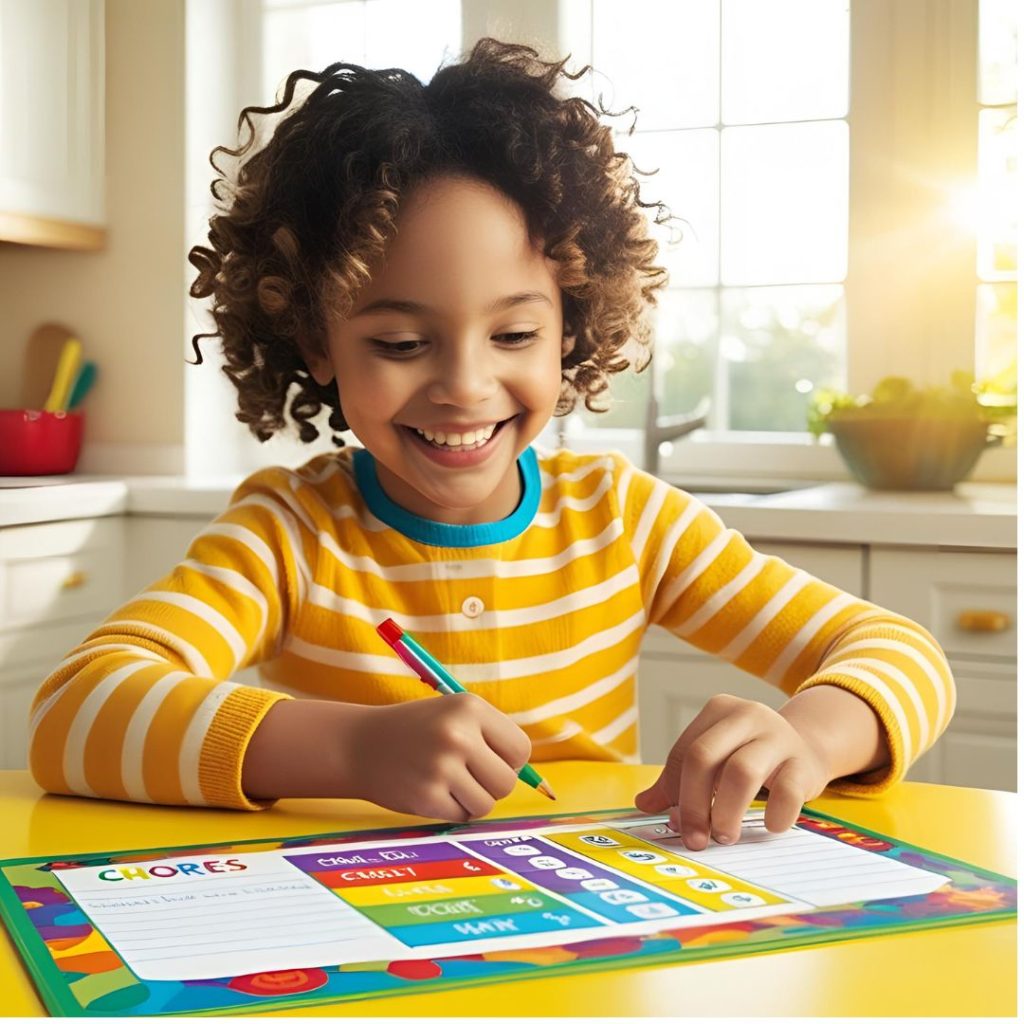- 01753 373 244 | 0800 999 1342 (Mon-Fri 9am-5pm)
- gems.4health@nhs.net
Creating and maintaining routines can be crucial for children with autism as they provide structure, predictability, and a sense of security in their daily lives. Routines can help reduce anxiety, improve focus, and promote independence.


Children with autism often need and enjoy repetition and consistency. Routines can be a powerful tool for supporting children with autism. Some key benefits of routines for autistic children include:
By implementing well-structured routines, you can help your child with autism navigate daily life more easily, reduce stress, and promote overall well-being.